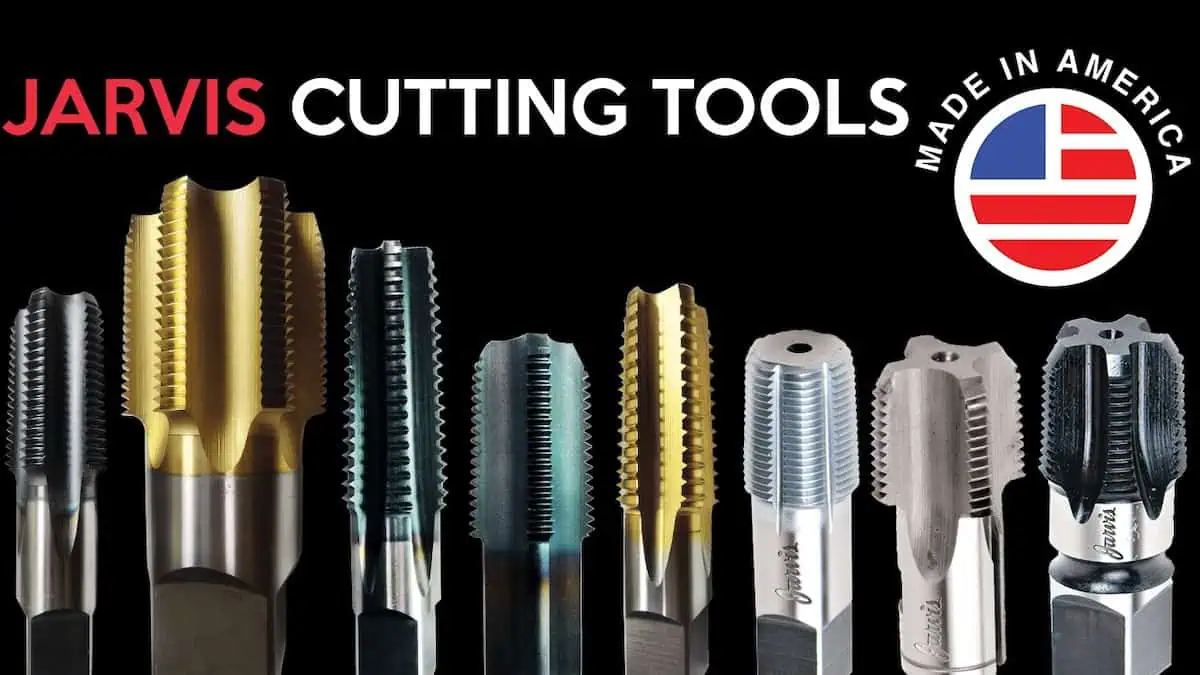Are you getting into metalworking, automotive repair, plumbing, or machine repair? If so, a quality tap-and-die set is the best investment for you. These sturdy metal cutting tools create precise internal and external threads on materials like steel, aluminum, brass, and more.
However, with so many sizes, materials, and thread types available, choosing the right starter tap and die set can feel overwhelming for beginners. This guide will cover the basics to help you select the perfect beginner-friendly toolkit.
Taps vs. Dies
First, what’s the difference between a tap and a die?
Taps cut internal threads into holes, creating things like threaded holes for bolts. Meanwhile, dies cut external threads onto cylindrical rods, producing threaded studs, pipes, and bolts.
In a nutshell:
- Taps = Internal Threads
- Dies = External Threads
While you’ll often use them together, tap-and-die sets bundle the separate pieces you need for each threading task.
Choosing Thread Types & Sizes
One major factor in picking a tap and die set is the thread types and sizes you need for your projects. Common options include:
- Unified Coarse (UNC) and Unified Fine (UNF) – The Unified threads found on most US nuts, bolts, and machine screws
- British Standard Pipe (BSP) – Used for pipe threading taps and other piping applications
- Metric Coarse and Metric Fine – M-numbered metric sizes, replacing UNC/UNF threading for many purposes
Most beginners start with a general-purpose Unified UNC/UNF set that covers common sizes from 1/4″ to 1″ in both coarse and fine threads. This gives you huge versatility for basic projects.
Pipefitters may want dedicated pipe threading taps and dies meeting BSP or NPT (National Pipe Taper) standards.
Materials & Cutting Ability
Taps and dies come in different materials, each suited for specific cutting tasks:
- Carbon steel – Economical but durable choice for most standard threads into metals like steel and aluminum
- High-speed steel (HSS) – Harder, premium steel that stays sharper longer for tough alloys
- Titanium Nitride (TiN) – Extremely hard coating over HSS extends life 10X when threading case-hardened materials
For your first tap-and-die set, carbon steel is a versatile, budget-friendly option that can handle basic threading into non-hardened steels, aluminum, brass, and more. Upgrade to HSS or TiN for heavy-duty professional use on hardened metals.
Hand vs Machine Taps & Dies
Hand taps and dies have squared shanks designed to be rotated using a T-handle wrench. Machine taps have straight or bent shanks to fit a drill, lathe, or milling machine chuck.
Beginners typically start with cost-effective hand taps and dies since they’re more portable and user-friendly for common jobs like threading pipes and repairing threads on machinery.
Professional machine shops use machine taps and dies extensively, as the equipment provides higher precision and consistent threading. The tools are also made for production environments versus occasional use.
Set Types & What’s Included
You’ll generally choose between:
- Individual taps & dies – For specialized single sizes/thread types
- Tap & die set – A matched set of taps and dies covering a range of sizes
- Thread restorer kit – Includes taps, dies, and other accessories for restoring damaged threads
For starting out, a basic tap-and-die kit provides the biggest bang for your buck. Here’s what a standard set may include:
- Taps and dies for common thread sizes (e.g., 1/4″ to 1″ UNC/UNF)
- T-Handle tap wrench
- Adjustable die stock
- Built-in molded case for storage/transport
You can also buy taps individually for jobs like pipe threading or spark plug repairs when you only need specialty sizes.
Follow Best Threading Practices
Taps and dies are simple tools, but proper use is essential to avoid damage and produce clean threads:
- Always start with holes pre-drilled to the correct tap size
- Use cutting fluid and lubricate frequently
- Turn taps counter-clockwise 1/4 turn periodically to break up chips
- Start dies smoothly at a slight angle; never force cross-threaded dies
- Clean and store taps/dies properly after use to maximize lifespan
Conclusion
With some practice on scrap materials, tap and die basics become second nature. Read instructions carefully, go slowly when starting, and invest in quality tools for the best results.
Once you’ve mastered tap and die essentials, you can always supplement with specialty sizes for pipe threads or upgraded equipment like ratcheting handles. But a quality starter kit will give you the hand-threading capabilities you need to tackle most projects with confidence.

